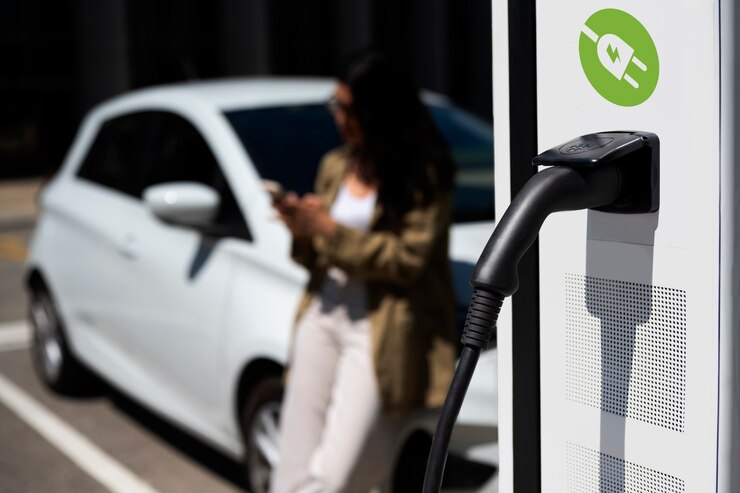
In the vast and diverse landscape of India, where economic growth and industrialization have been synonymous with a surge in energy consumption, the reliance on conventional fuels like diesel and petrol has been a longstanding tradition. However, the 1970 oil crisis marked a turning point, exposing the vulnerabilities of being heavily dependent on foreign countries for our energy needs. This crisis led to a re-evaluation of our energy strategies, sparking interest in alternative fuels that could offer sustainability and independence.
Diesel and petrol are the primary fossil fuels that power the majority of vehicles in India. Derived from crude oil, these hydrocarbons have played a pivotal role in propelling our economy. Diesel, known for its efficiency and higher energy content, is often used in heavy-duty vehicles and industrial machinery. Petrol, on the other hand, is the go-to choice for lighter vehicles due to its cleaner combustion characteristics.
The 1970 oil crisis, triggered by geopolitical tensions in the Middle East, exposed India’s vulnerability to global oil market fluctuations. The sharp increase in oil prices posed economic challenges, highlighting the need for diversification to reduce dependence on a handful of oil-producing nations.
Different Alternative Fuels that can be used:
Compressed Natural Gas (CNG):
CNG has emerged as a popular alternative to traditional fuels for vehicles in India. Widely used in public transportation, CNG significantly reduces carbon emissions and air pollution. The government’s push for CNG infrastructure expansion and the rise of CNG-powered vehicles exemplify the country’s commitment to cleaner transportation.
LPG (Liquefied Petroleum Gas):
LPG is a versatile alternative fuel that finds applications not only in household cooking but also in the automotive sector. LPG-powered vehicles are considered eco-friendly, emitting fewer pollutants and greenhouse gases. The Indian government has been promoting LPG as an automotive fuel, incentivizing its adoption to reduce vehicular emissions.
Biodiesel:
Derived from renewable sources such as vegetable oils and animal fats, biodiesel is gaining traction as an alternative to conventional diesel. India, with its agricultural abundance, has the potential to produce biodiesel on a large scale, thereby reducing dependence on fossil fuels.
Ethanol:
Ethanol, primarily produced from sugarcane and other crops, is used as a blending component in petrol. The government’s push for ethanol blending in petrol aims to reduce greenhouse gas emissions and decrease the country’s reliance on imported crude oil.
Hydrogen Fuel Cells:
Hydrogen fuel cells are an emerging technology with the potential to revolutionize the transportation sector. India is investing in research and development to harness hydrogen as a clean and efficient energy source for vehicles, with pilot projects and collaborations underway.
Solar and Wind Power:
While not conventional fuels, solar and wind power play a crucial role in the diversification of India’s energy mix. The country has made significant strides in harnessing renewable energy sources, contributing to both environmental sustainability and energy security. Solar and wind power are used for electricity generation, and advancements in energy storage technologies further enhance their reliability.
As India strives for energy security and environmental sustainability, the exploration of alternative fuels has become imperative. The aftermath of the 1970 oil crisis serves as a reminder of the risks associated with overreliance on conventional fuels. By embracing diverse alternatives like CNG, biodiesel, hydrogen, and ethanol, India can not only reduce its carbon footprint but also foster a more resilient and self-sufficient energy landscape. The ongoing efforts to promote and integrate these alternative fuels are essential for a greener and more sustainable future. The varied palette of alternate fuels being explored and adopted in India positions the country at the forefront of the global transition towards a more sustainable and cleaner energy future.



